An important mission is developing on the sun-drenched shores of Watamu Beach in Kenya. Scientists from Swansea University have collaborated with local environmentalists to study how endangered turtles’ nests adapt to the country’s warming climate.
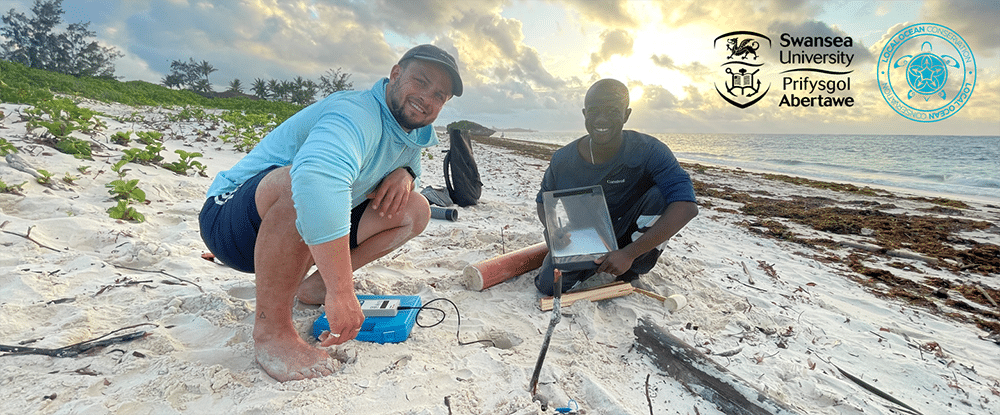
Image Credit: Delta-T Devices Ltd
A recent collaboration between visiting Swansea University scientists from the Marine Conservation and Ecology Lab (MarCEL) and Local Ocean Conservation (LOC) in Kenya has laid the groundwork for a new long-term monitoring network aimed at protecting endangered sea turtle species.
The program focuses on understanding how environmental variables influence hatching success and the temperature-dependent sex determination of sea turtles, which are critical factors for the species' long-term health.
Project Scope and Objectives
The 10-day field mission built a strong data collection network on Watamu Beach, a critical nesting site for olive ridley and green sea turtles.
Using the handheld WET150 Multi-Parameter Soil Sensor, researchers gathered spot measurements across three distinct zones of the beach, capturing variations in sand moisture, temperature, and salinity at various depths (5 cm to 60 cm).
This detailed environmental data helps reveal how these parameters influence nest incubation conditions, in turn informing the predictive model the team is building.
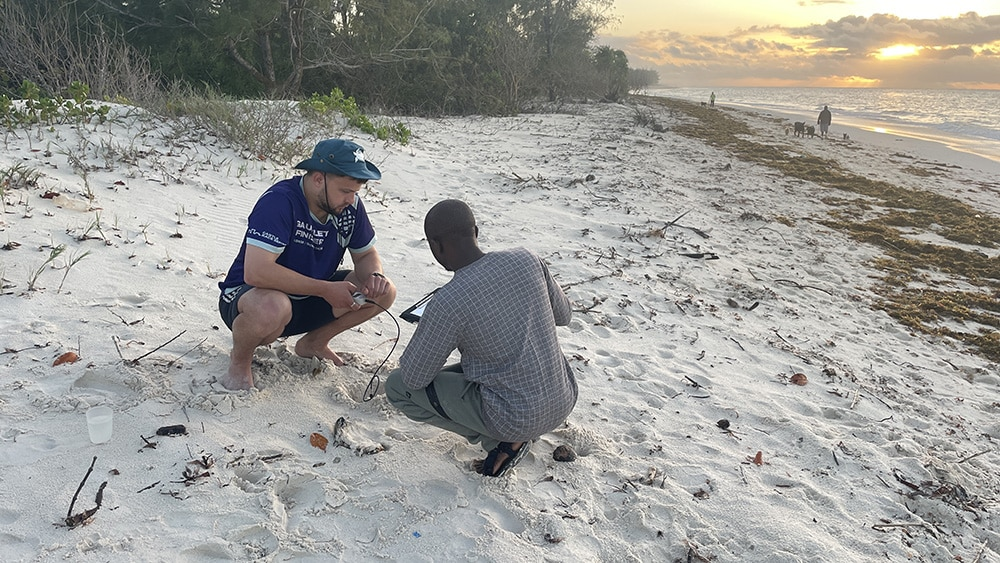
Fred Baggs and Ishmael Munda from LOC analyzing nest data with a WET150 Sensor. Image Credit: Delta-T Devices Ltd
This rich dataset allows researchers to explore how microclimate variations, particularly those caused by climate change, influence hatchling outcomes.
Rising nest temperatures dramatically skew hatchling sex ratios toward females, threatening species survival. The study particularly aims to address this disturbing trend.
“Temperatures just a few degrees higher can shift entire hatchling cohorts to female,” explains Nicole Esteban, head of the MarCEL research team from Swansea University. “That might sound acceptable short-term, but over time it will seriously destabilize population dynamics.”
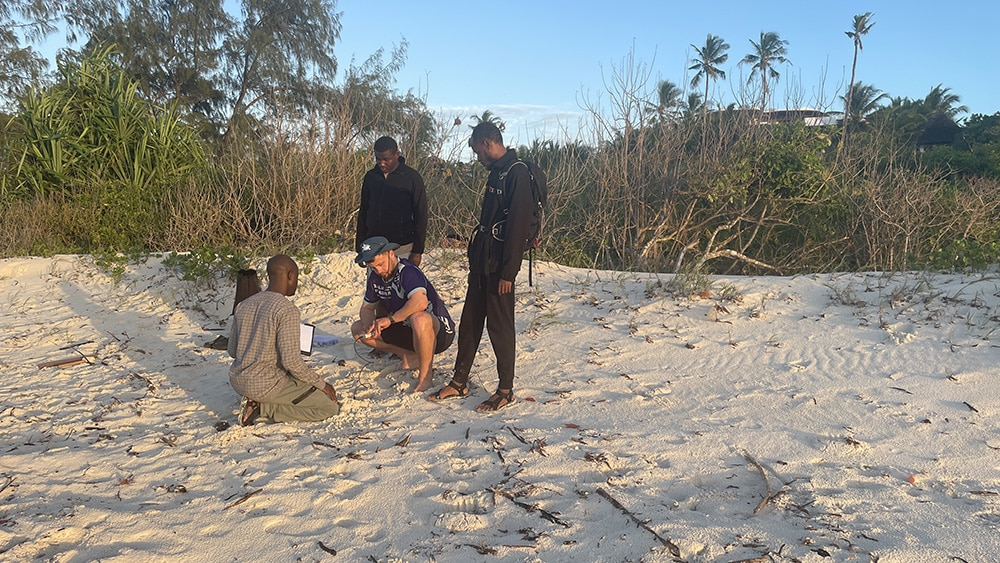
The collaborative team plans the monitoring network. Image Credit: Delta-T Devices Ltd
Research Methodology and Use of Sensors
Individual nest monitoring has long been the standard approach, but this new initiative presents a more comprehensive, predictive approach. Using data from the WET150 sensors, the research team hopes to create a statistical model that correlates temperature with beach properties such as zone, depth, and seasonal climate.
Once refined, the model will allow conservationists to forecast nest temperature profiles without disturbing or entering individual nests.
“We're trying to move beyond reactive conservation by creating a predictive model that tells us how nest conditions are likely to evolve across the beach,” says Baggs. “That's where the WET150 sensors come in – to give us the data resolution and reliability we need to help build those frameworks.”
The WET150 is an ideal tool for this research, allowing the team to simultaneously evaluate the field's salinity, water content, and temperature in real time. Earlier methods required conducting these measures in a laboratory.
Chosen for its durability in severe coastal environments and accuracy across a wide temperature range, the WET150 Soil Sensor is ideal for field measurements in demanding beach conditions, providing a novel, non-intrusive way to measure these important aspects of sea turtle incubation environments.
“The WET150 sensors are doing exactly what we hoped – delivering clean, consistent data that is readily available in the field,” Baggs adds. “They're key to understanding how small variations in sand conditions affect hatching outcomes.”
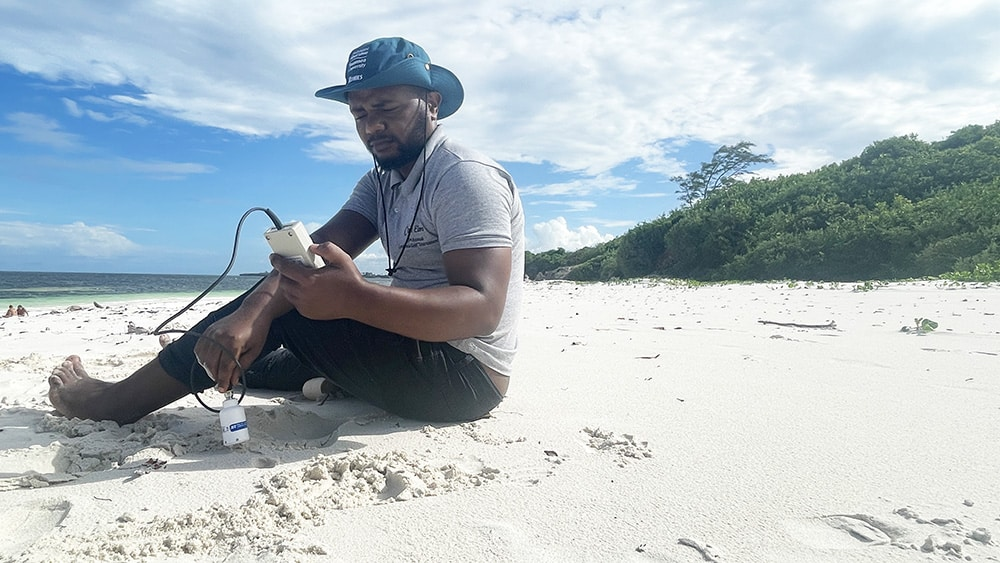
Joe Ngunu Wandiga from LOC taking a portable reading from a WET150 Sensor. Image Credit: Delta-T Devices Ltd
Community Engagement and Scientific Innovation
This approach is based on a strong local partnership with Local Ocean Conservation (LOC). The team is performing incredible conservation work, such as the nightly monitoring of nests and a fisheries bycatch program that has helped release 24,000 turtles.
The team from Swansea University expects that its findings might help LOC's incredible conservation efforts further.
LOC's extensive knowledge of sea turtle nesting behavior and beach dynamics has been critical in sensor deployment and site planning, while Swansea University’s research team has contributed expertise in experimental design and data gathering methods.
“The LOC team knows this beach better than anyone – they've been instrumental in helping us decide where and how to deploy the sensors for the most useful data,” notes Baggs. “It's a true collaboration between local field experience and scientific modeling.”
In summary, Swansea University and LOC are collaborating to:
- Develop a credible prediction model for nest temperature and sex ratios.
- Develop user-friendly tools to assist conservationists in visualizing and managing nesting circumstances.
- Train local teams to use these technologies for real-time decision making.
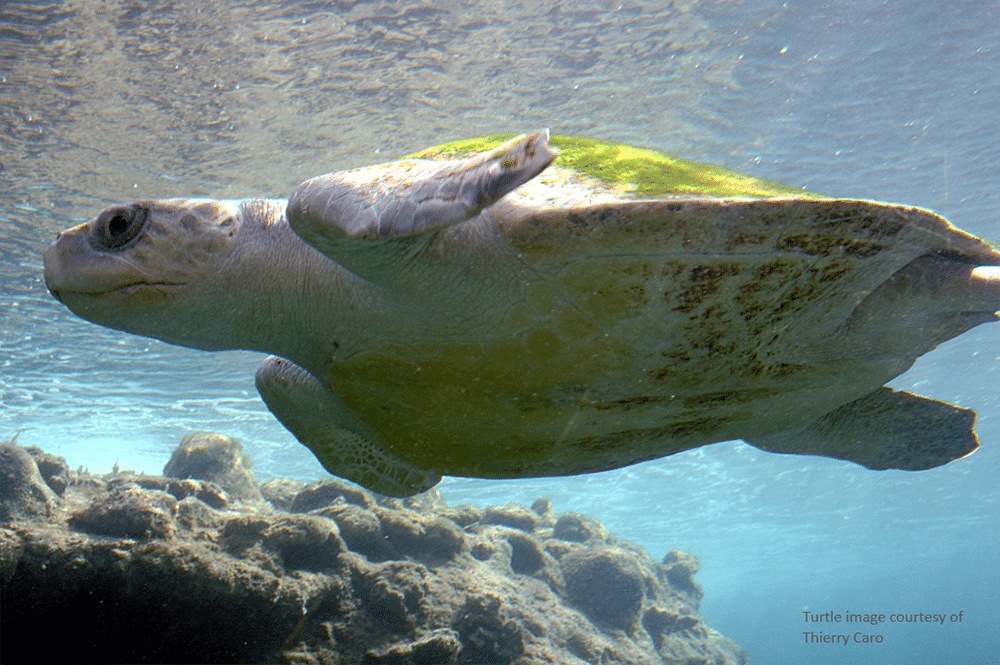
Turtle. Image Credit: Thierry Caro
Future Impact and Conservation Outcomes
Looking ahead, the project is expected to considerably increase local capacity to safeguard sea turtle populations. By providing predicted insights into hatchling sex ratios and detecting optimal nesting conditions, the technology will allow timely interventions such as nest relocation or irrigation during extreme dry periods.
Ultimately, the approach helps to alleviate the effects of climate change on one of the world's most vulnerable marine species by providing local conservation teams with data-driven tools for better management.
Esteban concludes, “The WET150 Sensor has been a great fit for our experimental needs. By improving the precision and foresight of sea turtle conservation efforts, this project represents a vital step in counteracting the reproductive threats posed by a warming climate.”

This information has been sourced, reviewed and adapted from materials provided by Delta-T Devices Ltd.
For more information on this source, please visit Delta-T Devices Ltd.